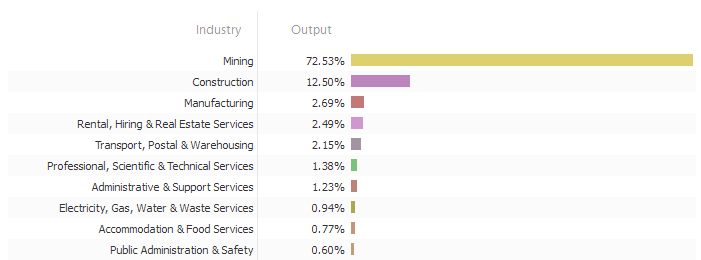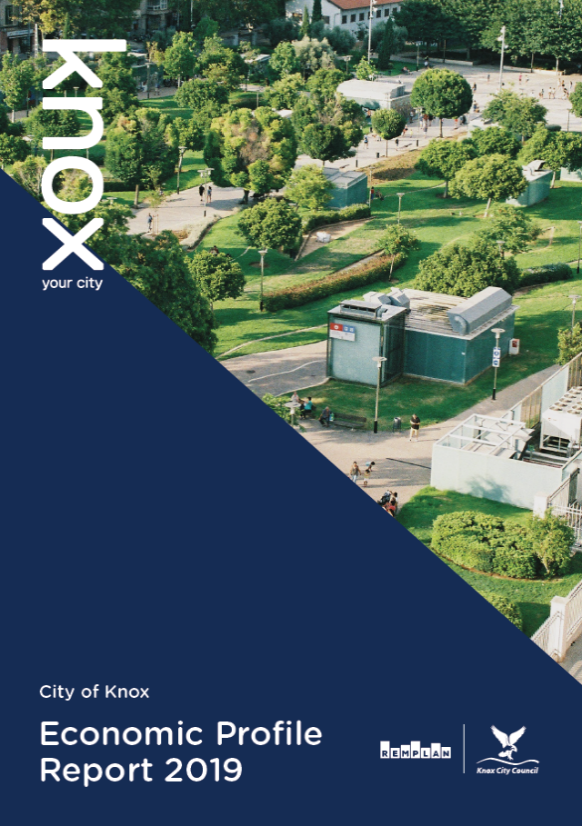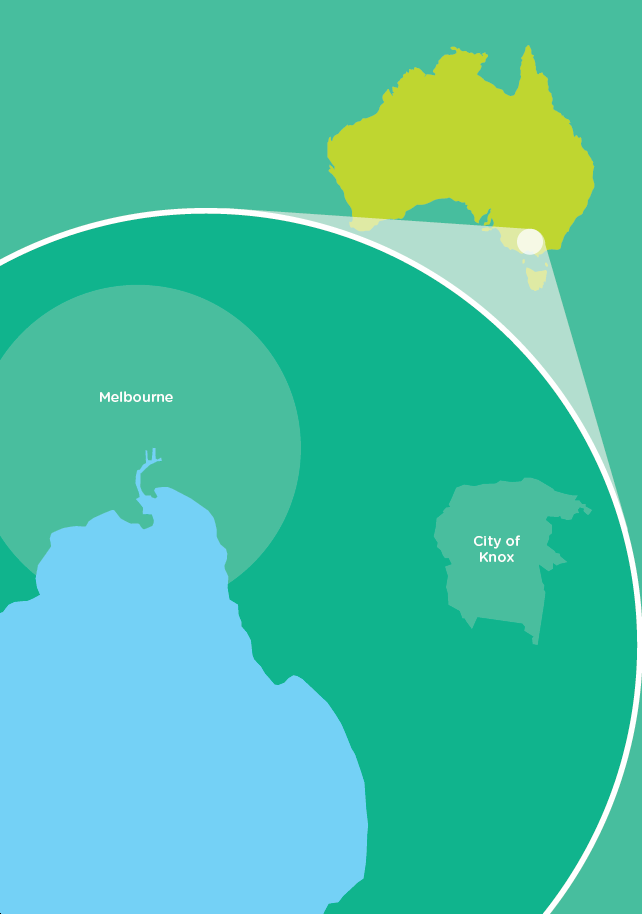17 Oct Diversification of regional economies: Why did the chicken put all its eggs in one basket?

Why did the chicken put all its eggs in one basket?
If this was in fact a clever chicken, a keen investor who heeded ASIC’s advice, it would in fact diversify its egg portfolio and place its assets in many different baskets.
“Diversification helps you ride out the ups and downs of financial markets by spreading your money across different asset classes. It will leave you less exposed to a single economic event, so if one business or sector you’ve invested in isn’t performing well, you won’t lose all your money .” www.moneysmart.gov.au
ASIC recommends investing across a range of different asset classes and industries. The question is, can we apply similar principles to a local area’s risk profile and its attractiveness to investors and prospective residents?
In some respects, this is possible. For instance, for a town, locality or local government area, we can observe local businesses and define the industry sectors they are aligned with. We can measure business counts and the number of people employed across the respective industries.
Think about a mining community in a remote area. This region generates significant levels of economic output per worker, and yet also has a ‘one basket’ risk profile.


By contrast, the image below reflects a metropolitan area with a diverse employment base, and consequently a lower risk profile.


The above profiles are at opposite ends of a risk and diversity spectrum where the differences are stark.
How do we define and measure economic diversity for all areas that fall within this range? Is employment by industry the only consideration?
REMPLAN Economic Diversity Index (REDI)
Economic diversity aims to measure the distribution of activity across an economy. A diverse economy will have activity in all sectors, becoming more diverse as the activity is more evenly distributed across industry sectors. Conversely, an economy which is not diverse will have concentration of activity in a single, or very small number of industries.
The REMPLAN Economic Diversity Index (REDI) applies a similar approach to the calculation of the Herfindahl-Herschman Index, however utilises region-specific data for employment by industry, business counts by industry and occupations of workers to determine the level of economic diversity relative to other regions in the state and across Australia.
How diverse is your local economy?
Explore the diversity of your local economy and compare with regions across Australia. Click the link and search for your area.
Is your local economy like the chicken with all its eggs in one basket? Or does it reflect a lower risk, more diverse profile?
While we can draw some parallels between a share portfolio and a local economy, where do the similarities end?
There are of course many differences. While money is mobile and investors have the flexibility to invest across multiple assets classes and industries, there can be significant structural impediments to realising similar outcomes in a local economy. These impediments and constraints relate to:
- Access to markets
- Infrastructure – transport, energy, water, telecommunications
- Availability of workers with the requisite education and skills
- Environment
- Land, planning and regulation.
Herein lies the challenge for planners and economic development practitioners, to sustain and grow existing industries, while diversifying their local economies to deliver employment opportunities for current and future generations.
Elon Musk has said:
“It’s OK to have your eggs in one basket as long as you control what happens to that basket.”
A detailed analysis of economic diversity is delivered as part of REMPLAN’s Economic Profile and Investment Prospectus reports.


Please contact us to discuss an Investment Prospectus for your region:
1300 737 443




REMPLAN | Risk versus Reward | REMPLAN
Posted at 05:25h, 04 December[…] Economic diversification […]